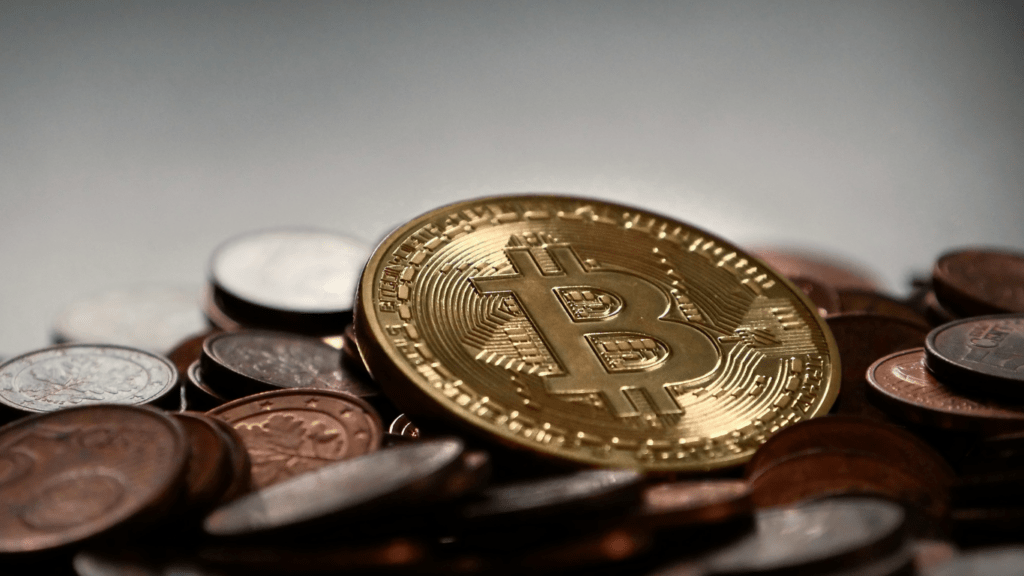When delving into the world of cryptocurrency trading, the choice between centralized and decentralized exchanges is a crucial decision. As someone who’s navigated the intricate landscape of digital assets, I’ve come to appreciate the nuances that distinguish these two exchange models.
Centralized exchanges, with their familiar interfaces and robust customer support, offer convenience and liquidity. On the other hand, decentralized exchanges prioritize security and privacy, empowering users with greater control over their funds.
In this comparative review, I’ll share insights gained from my experience to help you understand the strengths and weaknesses of each exchange type. By the end of this article, you’ll be equipped to make informed decisions that align with your trading preferences and risk tolerance.
Overview of Centralized and Decentralized Exchanges
Exploring the landscape of cryptocurrency trading, I delve into the crucial choice between centralized and decentralized exchanges. Reflecting on my own journey in the digital asset realm, I emphasize the ease and liquidity provided by centralized exchanges compared to the emphasis on security and anonymity found in decentralized exchanges.
My goal is to present readers with a detailed comparative assessment of both types of exchanges, empowering them to recognize the attributes and drawbacks intrinsic to each platform and enabling them to make well-informed trading decisions aligned with their preferences and risk appetite.
Security Features
In exploring the security features of centralized and decentralized exchanges, I delve into crucial aspects that impact users’ decision-making process on where to trade cryptocurrencies. Examining the mechanisms implemented by each exchange type reveals significant disparities that can influence the safety of trading activities.
- Centralized Exchanges: Centralized exchanges often prioritize convenience and user experience, but this centralized nature exposes users to higher security risks. These exchanges typically store users’ funds in a central wallet controlled by the exchange, making them susceptible to hacking attacks.
- Decentralized Exchanges: Decentralized exchanges operate on the principles of blockchain technology, promoting trustless peer-to-peer transactions without a central authority. By enabling users to retain control of their funds through private keys, decentralized exchanges reduce the risk of large-scale attacks targeting a single point of control.
In assessing the security features of centralized and decentralized exchanges, it becomes apparent that the trade-off between convenience and security is a key consideration for traders. While centralized exchanges offer ease of use, they expose users to higher security vulnerabilities.
On the other hand, decentralized exchanges prioritize security through decentralization, providing users with greater control over their assets and reducing the risk of large-scale breaches. Understanding these differences empowers traders to select an exchange that aligns with their risk tolerance and security preferences.
User Experience Comparison
Exploring user experiences on centralized and decentralized exchanges reveals key differences. Centralized exchanges offer a more intuitive, user-friendly interface with features like trading charts and order books easily accessible.
In contrast, decentralized exchanges can be less straightforward, requiring familiarity with wallets and dApps, but offer greater control and transparency over transactions. Centralized exchanges also tend to provide faster customer support and quicker transaction speeds due to their centralized infrastructure.
On the other hand, decentralized exchanges may face delays during high network traffic but prioritize user autonomy and security over funds. Traders must weigh ease of use against control when choosing between these platforms.
Liquidity Levels
When comparing centralized vs. decentralized exchanges in the realm of cryptocurrency trading, one crucial aspect to assess is liquidity. Liquidity refers to the ease with which assets can be bought or sold in the market without significantly impacting their prices.
In this context, I’ll delve into the liquidity levels observed in both centralized and decentralized exchanges to provide a comprehensive overview for readers.


 Joselito Huntterly has made significant contributions to Lend Crypto Volt by enhancing its technical foundations. With a background in software development and cybersecurity, Joselito has implemented robust systems to ensure the platform's security and reliability. His expertise in emerging technologies has also helped streamline content delivery, ensuring users receive timely updates and insights. Joselito's dedication to creating a secure and efficient platform is essential for users navigating the dynamic world of cryptocurrency.
Joselito Huntterly has made significant contributions to Lend Crypto Volt by enhancing its technical foundations. With a background in software development and cybersecurity, Joselito has implemented robust systems to ensure the platform's security and reliability. His expertise in emerging technologies has also helped streamline content delivery, ensuring users receive timely updates and insights. Joselito's dedication to creating a secure and efficient platform is essential for users navigating the dynamic world of cryptocurrency.